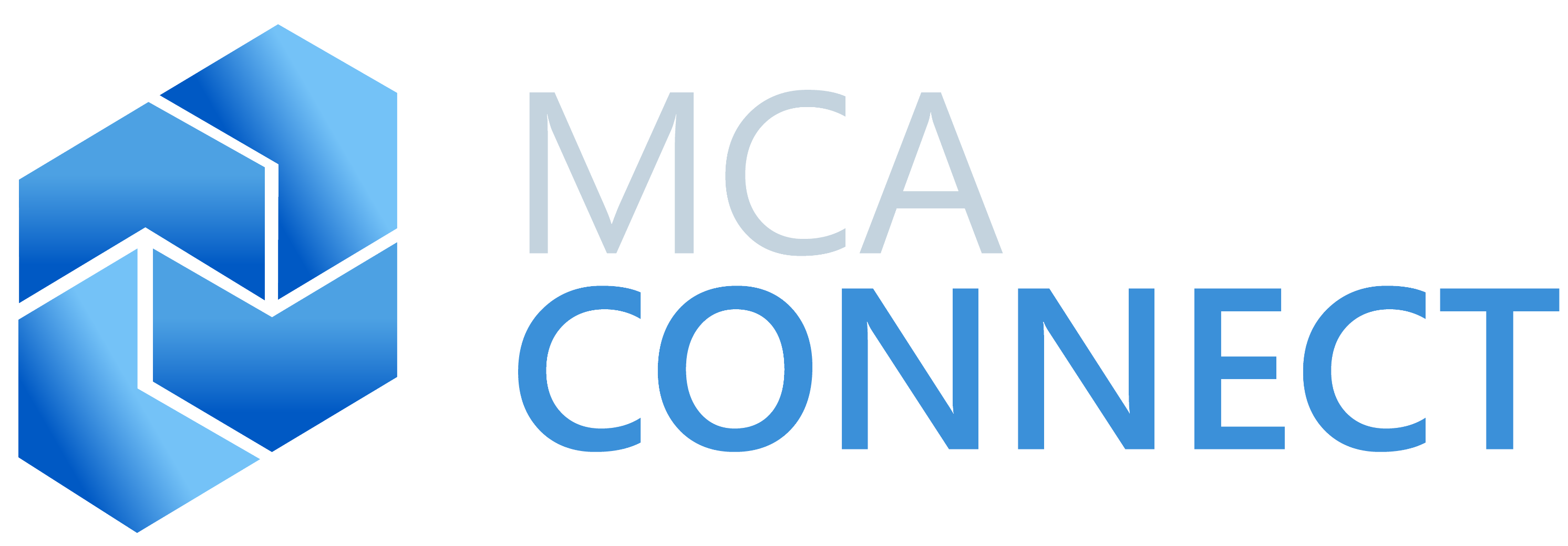publish
The Way Things Work Around Here
Most manufacturing employees are comfortable in their routines. They are used to what they do and have become as productive as they can with what they have. Any change in operations can be perceived as a threat to their continuing productivity and at odds with “the way things work around here.”
In our work, the new practices we introduce are not obvious or easy. Employees must learn:
- Lean Manufacturing principles, like pull and flow
- How to use the new Microsoft Dynamics AX ERP system, and find where all the functions are hidden
- An entirely new vocabulary of terms, “What the heck is takt time or operator balance or kanban? Or with Dynamics AX, what’s a throughput ratio or a kanban rule?”
Implementation teams can struggle mightily to learn Microsoft Dynamics AX Lean Manufacturing functions. With so much to learn all at once, it can take a couple of weeks to train people in all the various parameters and setup data from production flows to kanban rules and workcells. By then, people are often frustrated!
A Better Way to Learn Lean Manufacturing
The typical manufacturing employee is very linear, hands-on, and concrete in their thinking. Learning lean manufacturing principles through simulation games is a natural fit, and provides a better experience than teaching through a series of lectures and hand-outs.
To setup a simulation game takes time, creativity, plastic bins, a map of the shop floor – and lots of Legos®! Plus, you’ll also need to have Microsoft Dynamics AX running on laptops, and bring in the scanners and bar-code printers you’ll use later in your production environment.
Once the simulation is setup and you are ready to run Lean Manufacturing in Microsoft Dynamics AX, the simulation game itself actually quite easy, visual, and simple.
Our First Experience Using Legos to Learn Lean
Since our customer was planning to roll out lean and AX in every plant with a wide range of products, we decided that the simulated “products” we would build with Legos would be very simple but representative of their world.
Multiple products would go down the same production processes. Two levels of a bill of material (BOM) for multiple subassembly operations fed into a final assembly operation. Inventory would
be drawn from supplier-owned inventory, purchased inventory, and a pick-to-ship process. We designed mats that we could print on a plotter to layout the “shop floor” on tables and got some plastic bins for inventory locations.
In Microsoft Dynamics AX, we defined the items, bills, production flows, workcells for our representative operation. We used as many lean features as we expected they would use in their operation including event kanbans, scheduled kanbans from MRP, and traditional circulating kanban cards.
Finally, we wrote scripts for each round of simulation with instructions on how to build the Lego products, where to put them, what to scan or update in AX. Each job role (the operators, material handlers and warehouse workers) had their own specific script.
Our simulation included all aspects of the lean operating environment, and gave the users a chance to try out the actual software and hardware that would be available in production.
Faster & More Fun Than Traditional Training
Every audience within the company loved the simulation games.
- The implementation team could trace material movement and try new ideas out.
- The operators found the system easy to use & understood their part in the overall process. Plus – they were having fun as they learned.
- The executives could see how lean would function in their business.
- The operational excellence people decided they would use the simulation going forward as a way to train new employees in lean thinking.
Setting up a lean simulation took some time and care, but not a lot of money. The results have been well worth it! We see everyone getting to their own “aha” moment earlier than ever.
Recently, we hosted an event, “Learning Lean Simulation Using Legos” where I shared more about our process:
Contact us to learn more about our solutions your manufacturing industry needs.
Written By: Phil Coy

